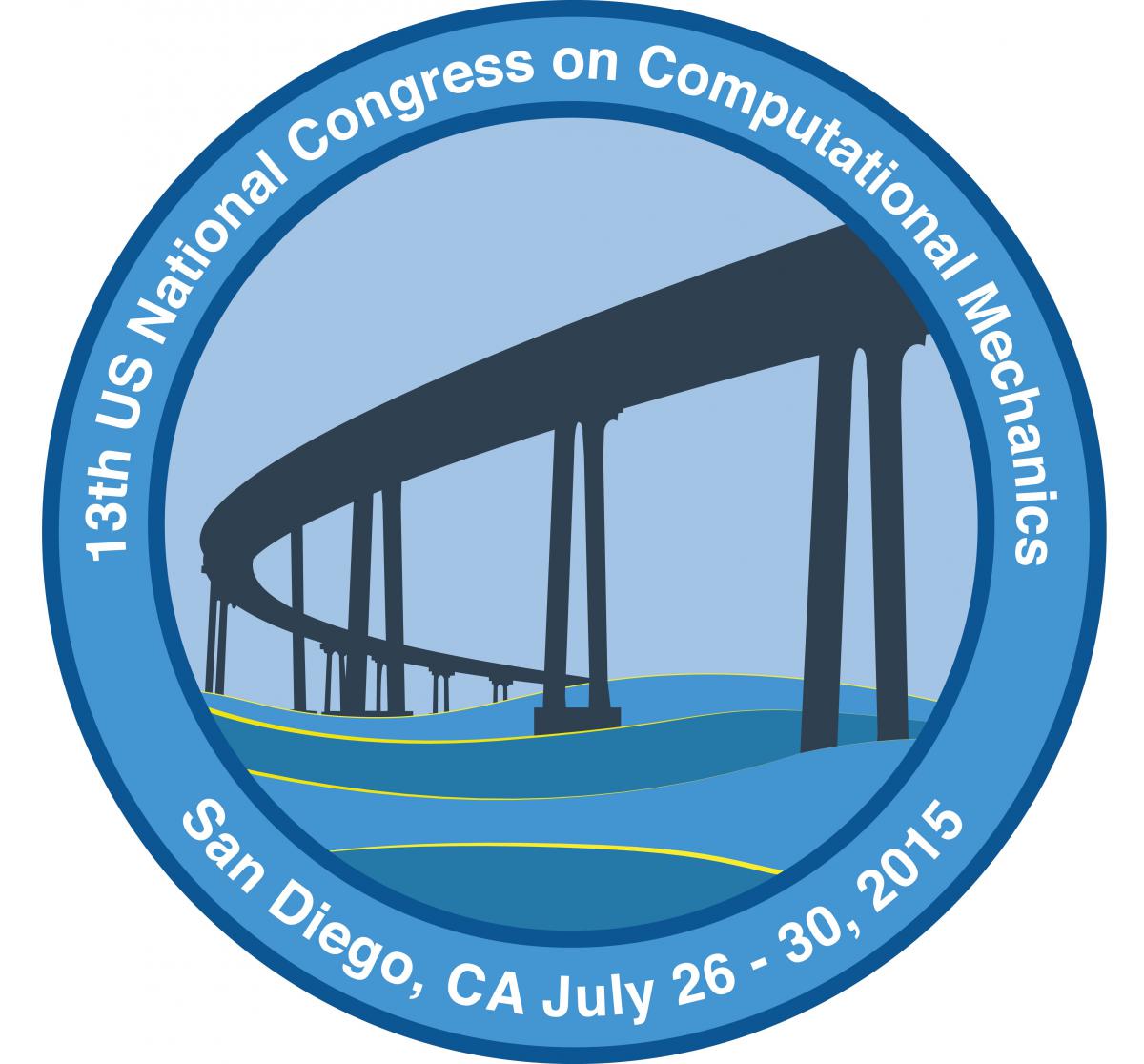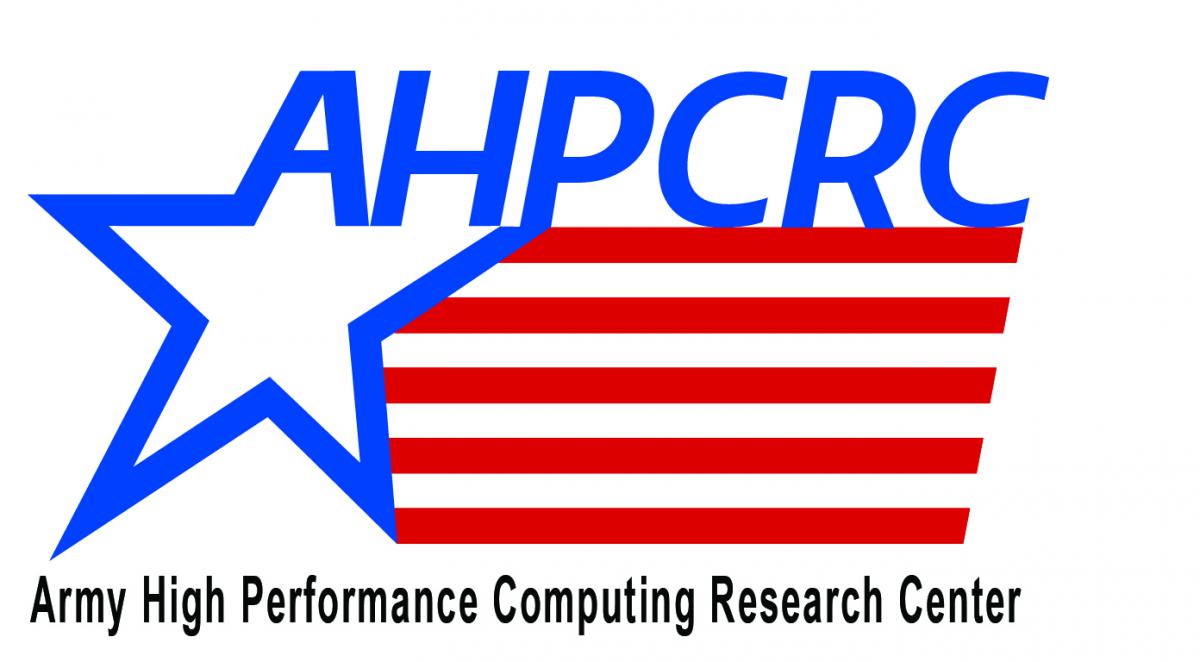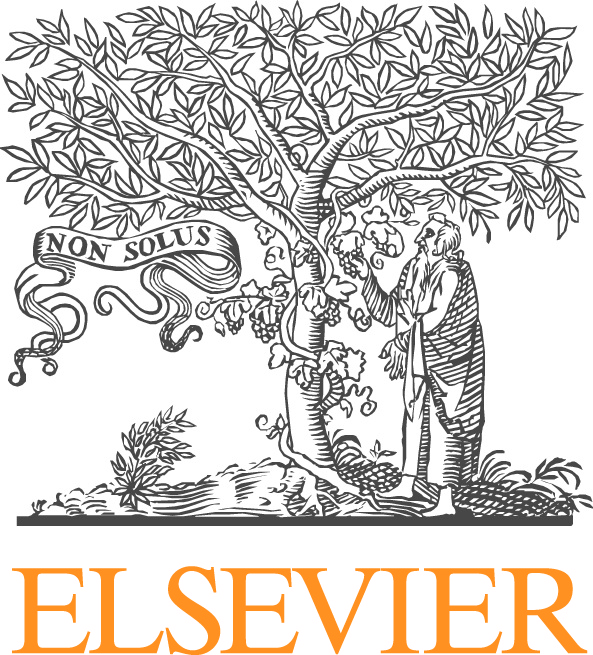Space–Time Computational FSI Techniques

Tayfun Tezduyar
Tuesday, July 28, 9:00 am - 9:45 am, Harbor Ballroom
Abstract:
The presentation will focus on the core and special Space–Time (ST) FSI techniques introduced to bring solutions to some of the most challenging FSI problems, including spacecraft parachute FSI and flapping-wing aerodynamics of an actual locust. The ingredients of the core ST FSI technique include the ST interface-tracking (moving-mesh) method, appropriate stabilization parameters, robust mesh moving methods, temporal NURBS basis functions, and the variational multiscale (VMS) version of the ST formulation. Special ST FSI techniques target the computational challenges involved in specific classes of problems. There will be two examples. A homogenization method is used for modeling the flow through hundreds of gaps and slits of spacecraft parachutes. This makes the problem tractable, with an accuracy that makes the comparison to test data very favorable. A temporal representation method with NURBS basis functions is used for the motion and deformation of the locust wings, for the motion and deformation of the volume meshes computed, and in remeshing. This provides an accurate way of matching the data extracted from the high-speed, multi-camera video recordings of a locust in a wind tunnel, and a robust and efficient way of dealing with the mesh in computations that include near topology changes. The computational results presented for these two classes of problems show that the ST FSI techniques are helping with the design in applications as complex as spacecraft parachutes and enabling us to model the aerodynamics of structures as intricate and hard to represent as the flapping wings of an actual locust. This is a joint work with Professor Kenji Takizawa, Department of Modern Mechanical Engineering and Waseda Institute for Advanced Study, Waseda University, Tokyo.
Biography:
Dr. Tezduyar received his Ph.D. from Caltech in 1982. After postdoctoral work at Stanford, he had faculty positions at University of Houston and University of Minnesota. At Minnesota he became a full professor in 1991 and was named Distinguished McKnight University Professor in 1997. He was the Director and Principal Investigator of the Army High Performance Computing Research Center from January 1994 to October 1998 and was widely recognized for leading the center to the level of excellence it reached during that period. He joined Rice University in 1998 as James F. Barbour Professor in Mechanical Engineering and Materials Science. He served as chairman of the department from January 1999 to June 2004.
Dr. Tezduyar holds a 1986 Presidential Young Investigator Award from the National Science Foundation. He received the 1997 Computational Mechanics Award of the Japan Society of Mechanical Engineers, 1997 Computational Fluid Dynamics Award of the US Association for Computational Mechanics, 1998 Computational Mechanics Award of the International Association for Computational Mechanics, 2012 International Scientific Career Prize of the Argentine Association for Computational Mechanics, and 2013 Computational Mechanics Award of the Japan Association for Computational Mechanics. He was elected a Fellow of the American Society of Mechanical Engineers, US Association for Computational Mechanics, International Association for Computational Mechanics, American Academy of Mechanics, and the School of Engineering at University of Tokyo. He was named Highly Cited Researcher in engineering and computer science categories in the list updated by Thomson Reuters in 2014. He was awarded an honorary doctorate from Slovak Republic. In recognition of research excellence in parachute modeling, Dr. Tezduyar and his research team received the Commander's Educational Award for Excellence from the US Army Soldier Systems Command. Dr. Tezduyar and his research team won in 2012 the First Place Prize of Rice University Centennial Ken Kennedy Institute Research Nugget Competition. He was inducted, as an Eminent Engineer, to Tau Beta Pi, The Engineering Honor Society, Colorado Zeta at US Air Force Academy. Dr. Tezduyar was awarded a visiting professorship at University of Tokyo and a visiting professorship and chair of international cooperation at Tokyo Institute of Technology.
Dr. Tezduyar coauthored a textbook titled Computational Fluid-Structure Interaction: Methods and Applications, published by Wiley, co-translated a book, and edited 31 volumes. He published over 200 ISI-indexed journal articles, 20 other journal articles, over 40 book chapters, and over 170 invited conference papers. He is an Editor of Computational Mechanics (Springer) and Surveys in Mathematical Sciences (European Mathematical Society), and an Associate Editor of Mathematical Models and Methods in Applied Sciences (World Scientific) and Journal of Mechanics (Cambridge University Press). He is a Series Advisor to Computational Mechanics Series of Wiley and is on the Editorial Advisory Board of Springer series Modeling and Simulation in Science, Engineering and Technology. He serves on the editorial boards of many journals. Dr. Tezduyar served as the Chair of the ASME Applied Mechanics Division in 2010-2011, as a member of the Executive Committee of the ASME Applied Mechanics Division in 2006-2011, and as a member of the Executive Council of the International Association for Computational Mechanics in 2002-2014.





